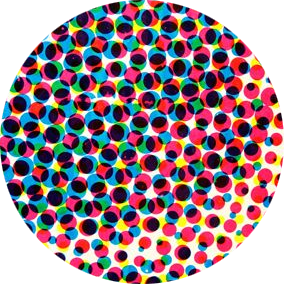Jeff Smith’s “Bone” and Comics Publishing

Even if you’ve never read a #Bone comic, the structural innovations that Smith developed in telling (and selling) his story have been industry-defining, and thus the way Bone is structured has forever altered the way that most comics stories are now developed. #ComicsStudies 1/9




Drawing on additional cultural influences (including Japanese Tankobon), Smith’s complex layering of narrative structures – a process motivated by needs both artistic and financial – has become the norm for what is now the graphic novel industry. 5/9

The composition of the structure is three-fold: 1) the structure of the individual issue. 2) the structure of the 4-6 issue story arc (depending on how many issues per graphic volume) and 3) the overarching structure of the entire story/series. 6/9

Naturally, building a story around nested, recursive structures is no easy task and requires vision and depth far beyond the traditional 3 act structure that is said to dominate the Western storytelling tradition. At any given moment, Bone is effectively telling 3 stories. 7/9

Smith’s innovation here came just as the graphic novel was becoming a mainstay of North American bookstores, providing an important secondary revenue source for comics artists, as well as the greater cultural capital that comes with being sold in traditional book stores. 8/9

The industry followed suit (and still does). While this structure can be seen to be artistically limiting (why must all arcs be 4-6 issues?), Smith’s contribution to comics infrastructure have helped shepherd comics from a time of crisis to something of a renaissance. 9/9
